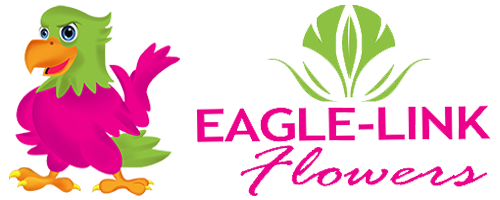
With a history that dates back to 15th century B.C., chrysanthemum mythology is filled with a multitude of stories and symbolism. Named from the Greek prefix “chrys-” meaning golden (its original color) and “-anthemion”, meaning flower, years of artful cultivation have produced a full range of colors, from white to purple to red. Daisy-like with a typically yellow center and a decorative pompon, chrysanthemums symbolize optimism and joy. They’re the November birth flower, the 13th wedding anniversary flower and the official flower of the city of Chicago. In Japan, there’s even a “Festival of Happiness” to celebrate this flower each year.
A symbol of the sun, the Japanese consider the orderly unfolding of the chrysanthemum’s petals to represent perfection, and Confucius once suggested they be used as an object of meditation. It’s said that a single petal of this celebrated flower placed at the bottom of a wine glass will encourage a long and healthy life.
Chrysanthemum Facts:
1. Size of chrysanthemum depends on the species and variety. Stem can reach 2 to 6 inches in height. Flower can have 0.4 to 10 inches in diameter.
2. Traditional colors of chrysanthemum are red, yellow, white and purple. Other than that, chrysanthemum can be pink, lavender or multicolored.
3. Chrysanthemum can have one flower or 3-7 flowers per stem. Varieties with more than one flower are called spray chrysanthemums.
4. Flower of chrysanthemum is a compound inflorescence. It consists of many individual flowers called florets. Florets in the center of the flower are called disk florets. Those that surround center are known as ray florets.
5. Disk florets are called perfect flowers because they posses stamens and pistil (male and female reproductive organs). Ray florets are called imperfect flowers because they possess only female reproductive organs (pistil).
6. Chrysanthemums can be divided in 13 separate categories based on the type of flower. Each form has specific arrangement of rays and disk florets. Some of the best known are daisy, spider, cushion and button.
7. Leaves of chrysanthemum are divided in leaflets. They can be smooth or serrated on the edges. Leaves are arranged alternately on the stem.
8. Fruit of chrysanthemum is called ribbed achene.
9. Chrysanthemum symbolizes happiness, joy, love or grief, depending on the color and the human culture. In certain European countries, chrysanthemum is a symbol of death and it is inevitable part of funeral bouquets.
10. Flower of chrysanthemum is used in the preparation of tea which has beautiful aroma and several health benefits. It is used to relieve sore throat, fever, headache, dry and itchy eyes and to facilitate digestion of greasy meals.
11. Boiled leaves and stem of chrysanthemum are used in Chinese cuisine.
12. According to the study conducted by NASA, chrysanthemum helps reduce pollution of the air.
13. Substances called pyrethrins, isolated from Chrysanthemum cinerariaefolium, act as natural insecticides. They affect nervous system of insects and even prevent female mosquito from biting.
14. Most species of chrysanthemum blossom from August to November.
15. Flower can survive 2 weeks in the vase, but leaves die much sooner. Because of that, leaves are often removed from the stem (after cutting of the plant) to ensure longer lifespan.
Chrysanthemum From Kenya
Chrysanthemums are grown under cover to ensure the consistent, year-round supply of even quality flowers. Numerous varieties of chrysanthemum provide the variety to meet the colour mix requirements of markets ranging from the Dutch auctions and European supermarkets.
 English
English
 French
French
 German
German




